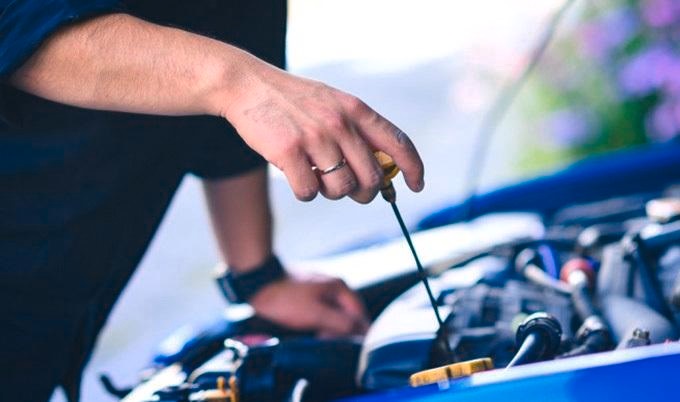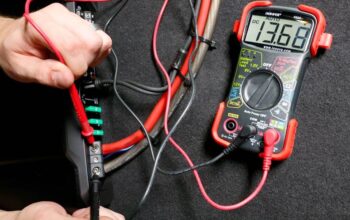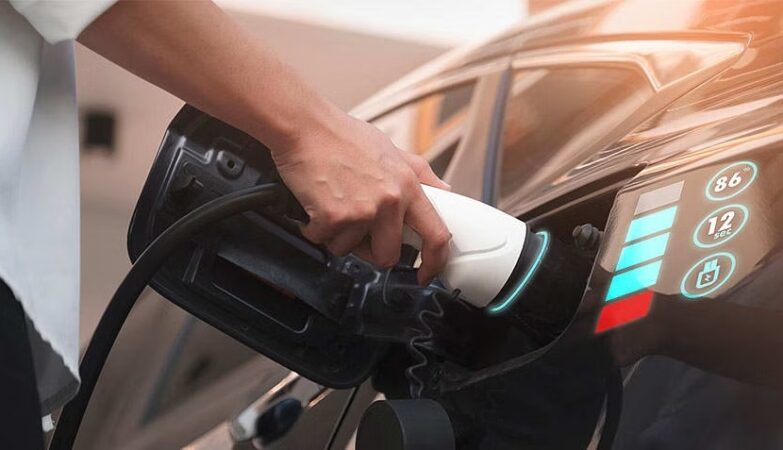Regular car maintenance is essential to ensure your vehicle runs efficiently and safely. A well-maintained car not only enhances performance but also increases its lifespan and prevents costly repairs. Whether you own a brand-new vehicle or an older model, following a structured car service maintenance checklist can save you time, money, and hassle.
1. Regular Oil Changes
Oil is the lifeblood of your engine, providing lubrication and reducing friction. Over time, oil degrades, leading to poor engine performance and potential damage. Check your car’s manual for the recommended oil change intervals, typically every 3,000 to 7,500 miles. Also, replace the oil filter to ensure clean oil circulates through the engine.
2. Inspect and Replace Air Filters
Air filters prevent dirt and debris from entering your engine and cabin. A clogged air filter can decrease fuel efficiency and engine performance. Inspect and replace it every 12,000 to 15,000 miles or as recommended in your owner’s manual.
3. Check Tire Pressure and Tread Depth
Proper tire maintenance ensures safety, fuel efficiency, and better handling. Check the tire pressure monthly using a gauge and maintain the recommended PSI level. Additionally, inspect the tread depth using the penny test—if Lincoln’s head is visible, it’s time for new tires. Rotate your tires every 5,000 to 7,500 miles to promote even wear.
4. Brake System Inspection
Your braking system is vital for safety. Check the brake pads, rotors, and brake fluid levels every 6 months or 10,000 miles. If you hear squeaking or experience reduced stopping power, get the brakes inspected immediately.
5. Fluid Levels and Leaks
Fluids such as coolant, transmission fluid, brake fluid, power steering fluid, and windshield washer fluid are crucial for your car’s performance. Regularly check and top off these fluids. If you notice any leaks under your vehicle, have a professional diagnose the issue.
6. Battery Health Check
A weak battery can leave you stranded unexpectedly. Inspect the battery terminals for corrosion and ensure secure connections. Test the battery every 3 to 6 months, especially before winter and summer, as extreme temperatures can affect battery life.
7. Lights and Wipers
Proper visibility is essential for safe driving. Regularly check all exterior and interior lights, including headlights, brake lights, and turn signals. Replace dim or blown bulbs promptly. Additionally, inspect windshield wipers for wear and replace them every 6 to 12 months for clear visibility during rain or snow.
8. Belts and Hoses Inspection
Inspect belts and hoses for cracks, fraying, or leaks. A broken serpentine belt can lead to engine failure. Replace belts every 50,000 to 100,000 miles, depending on your car’s recommendations.
9. Exhaust System Check
A faulty exhaust system can lead to poor fuel efficiency and increased emissions. Check for unusual noises or visible rust. If you detect an exhaust leak, visit a mechanic immediately.
10. Schedule Regular Professional Inspections
While DIY maintenance is essential, scheduling a professional inspection every 6 to 12 months ensures your car stays in peak condition. Mechanics can diagnose potential issues early, preventing costly repairs.
Final Thoughts
Staying on top of your car service maintenance checklist ensures your vehicle runs smoothly, enhances safety, and maintains resale value. Regular inspections and preventive maintenance can save you from unexpected breakdowns and costly repairs. Keep this checklist handy and make car maintenance a priority to enjoy a reliable and efficient ride for years to come.






